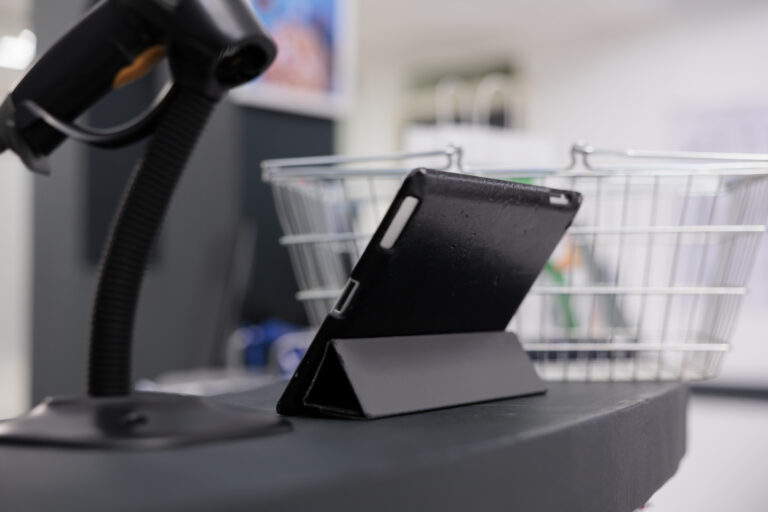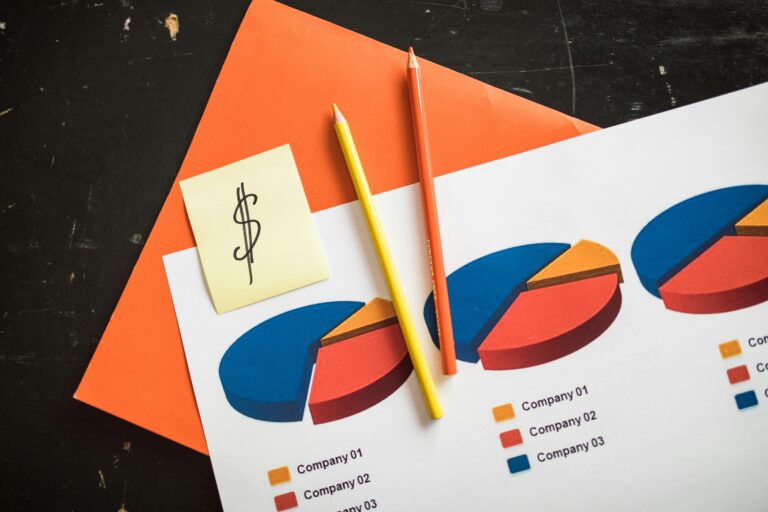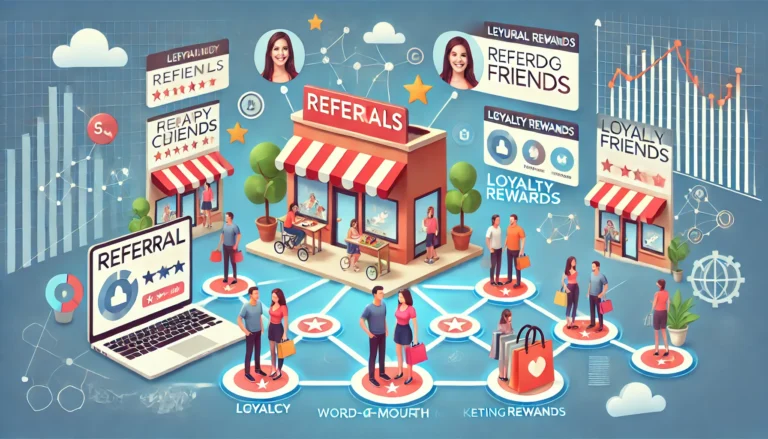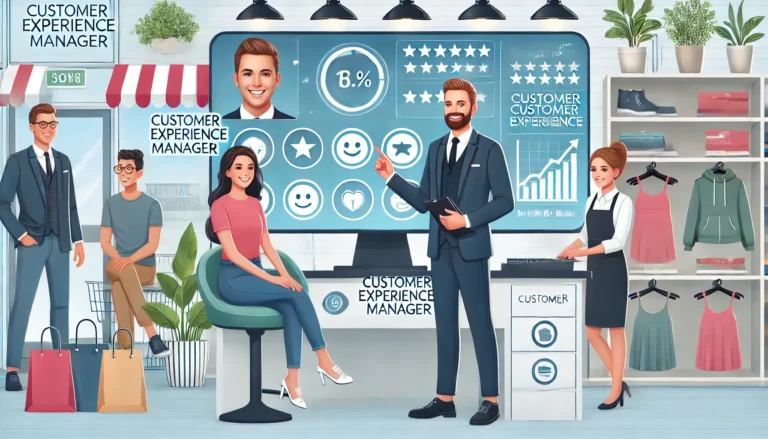What’s the only product in the world that is produced trillions of times a day only to transmit a tiny piece of information and then typically destroyed or filed away? You got it – the receipt!
And while you would think that in the days of email, SMS and tweets the humble receipt, whose job is to serve as a proof of purchase and share the details of the purchase, basically less than 1 KB of information, would have long gone the way of the telegraph. Unfortunately, it seems we’re headed in the opposite direction. Here in Europe, many countries have receipt issuance obligations, often tied with fiscalization regulation. Italy, France, Poland and most recently Germany introduced the Kassenbonpflicht (= receipt obligation) in 2020.
Are these receipts really useless? Is there no hope? What does the future look like? We’ll look into our trusty crystal ball in a second, but first, let’s rewind…
Would you have guessed that the first receipts ever used were actually clay balls? Receipts have come a long way and passed through several innovations over thousands of years but they always had the purpose of proving that money or goods have been received.
And did you know that the German idiom Ist gebongt comes from the verb bongen, which means to register an item on the till receipt?
Let’s look at the history of receipts to understand how they have developed and changed with respect to technological
The different stages of receipts over the years

Clay balls: The first receipts were small clay balls. They were used to represent the completion of trade and mostly related to the exchange of sheep or cattle.
Clay tablets: Tablets made of clay were the next step and the first written receipts. In Mesopotamia people wrote these receipts in cuneiform signs and texts as proof of payment, distribution and exchanges.
Papyrus: In Ancient Egypt farmers and merchants started to keep receipts written on papyrus for tax purposes. This way they could protect themselves from tax exploitation.
Wood tablets: Germany’s oldest dated receipt is written on a wood tablet from 5th of April 130 A.D. During the Roman imperial period millions of receipts on wood tablets must have been drawn up. However, due to poor preservation conditions of wood there are only few archeological finds existing.
Paper (with printing press): The printing press was a game changer for receipt production because it enabled mass production. Lots of time was saved by just filling in the blanks on pre-printed forms. Merchants, banks etc. could even print their own brand on the receipt.
Paper (printed by cash register): With the invention of cash registers by the National Cash Register Company the receipt production became even more simplified. Cash registers printed all items and added up their prices on the receipt. This way merchants did not have to write down and calculate everything themselves anymore.
Digital receipts: The next logical step in the evolution of receipts is to digitize them. With our economy becoming increasingly paper-free and transforming towards digital processes, digital receipts are the most convenient and sustainable way to adapt to this evolution.
The Sad Paper Receipt
Before we dive further into digital receipts, let’s take a moment to consider some of the (non)-obvious reasons that paper receipts must die.
Paper Receipts are wasteful & toxic
Paper receipts produce lots of waste and consume a great number of resources. In the US for example annually three million trees are cut down to produce paper receipts.
Beyond that, receipts are printed on thermopaper which creates another problem: Thermopaper contains harmful chemicals, is therefore unhealthy and cannot be recycled.
Paper Receipts are hard to use
We reckon it’s not only us who have lost a receipt at some point when actually needing it for a return or for tax purposes. This small piece of paper can hide itself in numerous pockets, bags, drawers or wherever else you may put it.
But even if you find it after a while you may not be able to read it because the ink tends to fade quickly so that the receipt can become useless.
Furthermore, for retailers it is cost- and time-consuming to buy, change and dispose of the receipt paper rolls.
Paper Receipts are not secure
While governments will have you believe that the fact of printing a receipt on paper makes it secure and safe as a legal proof of purchase, they are incredibly easy to fake and have often played a role in frauds and scams.
Digital receipts eliminate all these problems, so it is their time to shine!
From proof of purchase, to a new digital touchpoint
Digital receipts solve a lot of the problems of paper receipts, and bring with them added capabilities that simply weren’t possible previously. We’ll come to that in a second, right after the evolution of the digital receipt itself.
Digital receipts have been around for a while. The first US retailers started sending customers their receipts via email in the early 2000s, and in the 2010s with the arrival of smartphones, app-based solutions to collect receipts started to appear as well. Still, 20 years later they’ve not been as widely adopted by businesses and customers as expected. What gives?
The challenge has been the user experience, with all their flaws, the ease of paper receipts has been the fact that you could just grab it quickly and put it into your wallet or pocket. Sharing an email with the cashier, opening an app or scanning an additional card in order to get your receipt, just feel like too much work.
Enter the QR code (& NFC)
At refive, we turned to the trusty QR code. All customers need is a smartphone with a camera and the pre-installed browser. For the ones with even more modern devices, they don’t even need the camera. All the customer does is tap the NFC or scan the QR code and receive their receipt directly in the browser. No apps, no sign-ups, no bs.
Stopping there would be a missed opportunity though. Rather than just giving the customer a boring old digital version of the paper receipt, we make it smarter:
- Customers receive useful & detailed information about their purchased products from care instructions, to ingredients to instructional videos. Retailers doing this well already create value for their customers and have them leave feeling cared for.
- Using the purchase data we show the customer relevant and personalized product recommendations and offers, directly on the receipt.
- Customers can easily leave a feedback to their experience and let the store know how to contact them with updates
- By easily saving the receipt to their email, or as a PDF on their device or to a free refive account, customers can keep easily find them for guarantees, returns, exchanges, expenses and taxes via a quick search
The receipt has now gone from being a wasteful boring legal requirement, to a beautiful point of contact between merchant and customer, and ideally a nice incentive and reminder to have them visit again, very soon!








